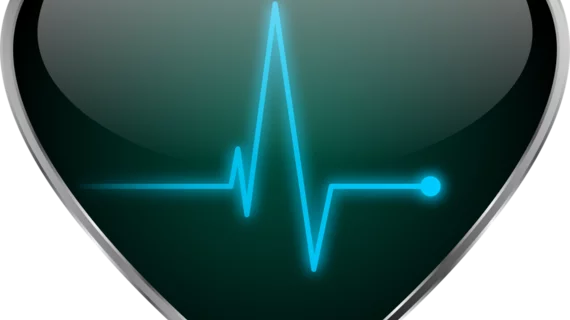Study questions accuracy of smartphone-integrated baby monitors
When compared to an FDA-regulated baby monitor, two smartphone-integrated consumer monitors performed inconsistently and displayed incorrectly low pulse rates, according to a Aug. 21 research letter published in JAMA.
The letter discussed a study conducted by a research team at the Children’s Hospital of Philadelphia in 2017, where researchers measured the accuracy of pulse oximetry-based consumer baby monitors, while using an FDA-cleared oximeter as a reference.
The team purchased two currently marketed smartphone-integrated consumer baby monitors that observe infant vital signs—the Owlet Smart Sock 2 and Baby Vida—and monitored 30 infants in the hospital’s general pediatrics and cardiology wards.
They compared the results of the two monitors to the Masimo Radical-7—an FDA-cleared oximeter. The two smartphone-integrated monitors were placed on one foot, while the FDA-regulated monitor was placed on the other.
According to the study, 27 percent of the 30 infants were diagnosed with bronchitis, 10 percent were diagnosed with apnea or had a brief resolved unexplained event, 10 percent were diagnosed with hypoplastic left heart syndrome, and 10 percent with double outlet right ventricle.
Researchers also recorded 2,466 stable oxygen saturation points and 1,801 stable pulse rate points. With the Owlet monitor (Monitor A), five patients had fewer than 10 stable oxygen saturation points and 10 patients had fewer than 10 stable pulse rate points. With the Baby Vida monitor (Monitor B), three patients had fewer than 10 stable pulse rate points.
“During testing of Monitor A, 12 patients experienced hypoxemia according to the reference monitor and all 12 had at least one simultaneous hypoxemia reading on Monitor A, although five of the 12 each had at least one stable normoxemic reading on Monitor A during hypoxemia,” the letter said.
“During testing of Monitor B, 14 patients experienced hypoxemia according to the reference monitor, but none had simultaneous hypoxemia readings on Monitor B. All (oxygen saturation) readings on Monitor B were in the normal range. Monitor A had zero instances of falsely displaying bradycardic pulse rates when the reference monitor rate was normal. However, in 14 patients, Monitor B falsely displayed bradycardic pulse rates when the reference monitor rate was normal.”
Monitor A's sensitivity and specificity for hypoxemia were 88.8 percent and 85.7 percent, respectively. For bradycardia, they were 0 percent and 100 percent, respectively. Monitor B's sensitivity and specificity for hypoxemia were 0 percent and 100 percent, respectively. For bradycardia, they were 0 percent and 82.3 percent, respectively.
In the letter, the research team called the study results concerning and encouraged parents and physicians to be cautious when using data from smartphone-integrated consumer baby monitors when making medical decisions.
“Monitor A detected hypoxemia but performed inconsistently. Monitor B never detected hypoxemia and also displayed falsely low pulse rates,” the letter concluded. "Beyond their accuracy, other concerns about consumer monitor use include the lack of medical indications for monitoring infants at home, the absence of FDA oversight, and the potential for unintended consequences.
“As more neonate and infant vital sign monitors emerge in this largely unregulated market, physicians and parents should exercise caution incorporating data from these monitors into medical decisions.”

